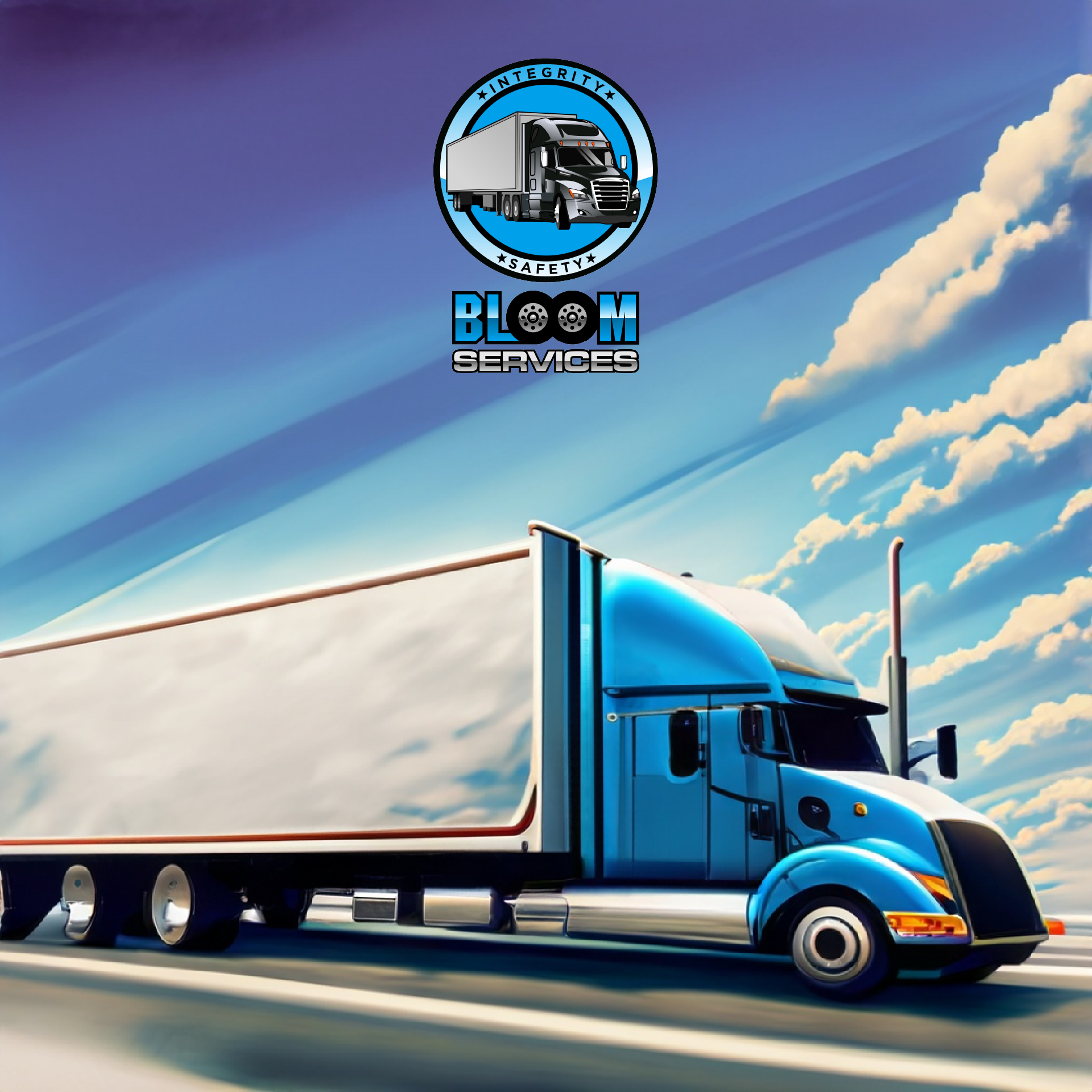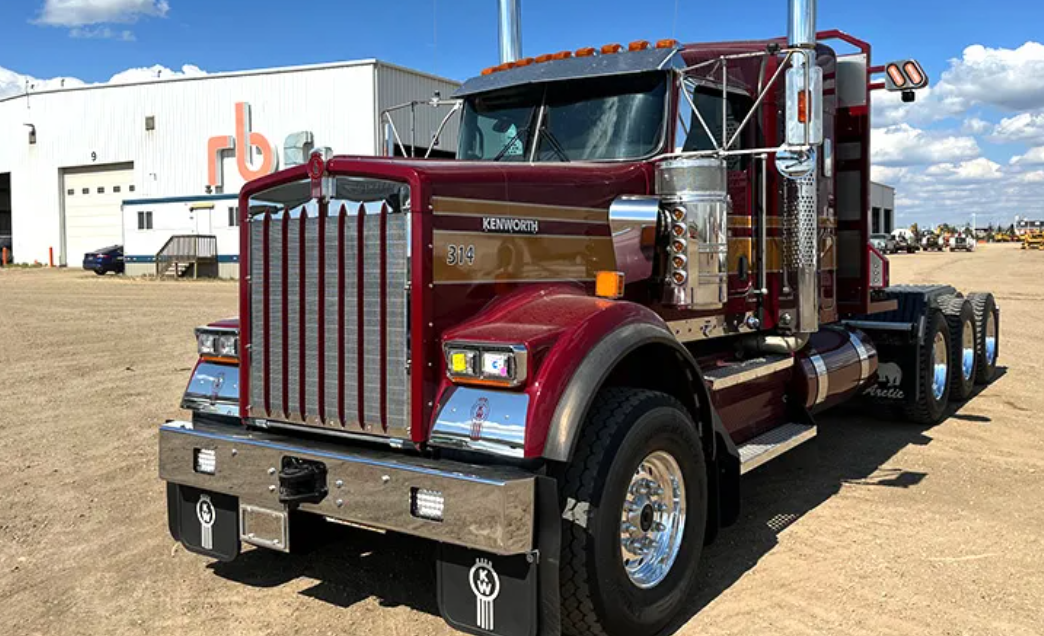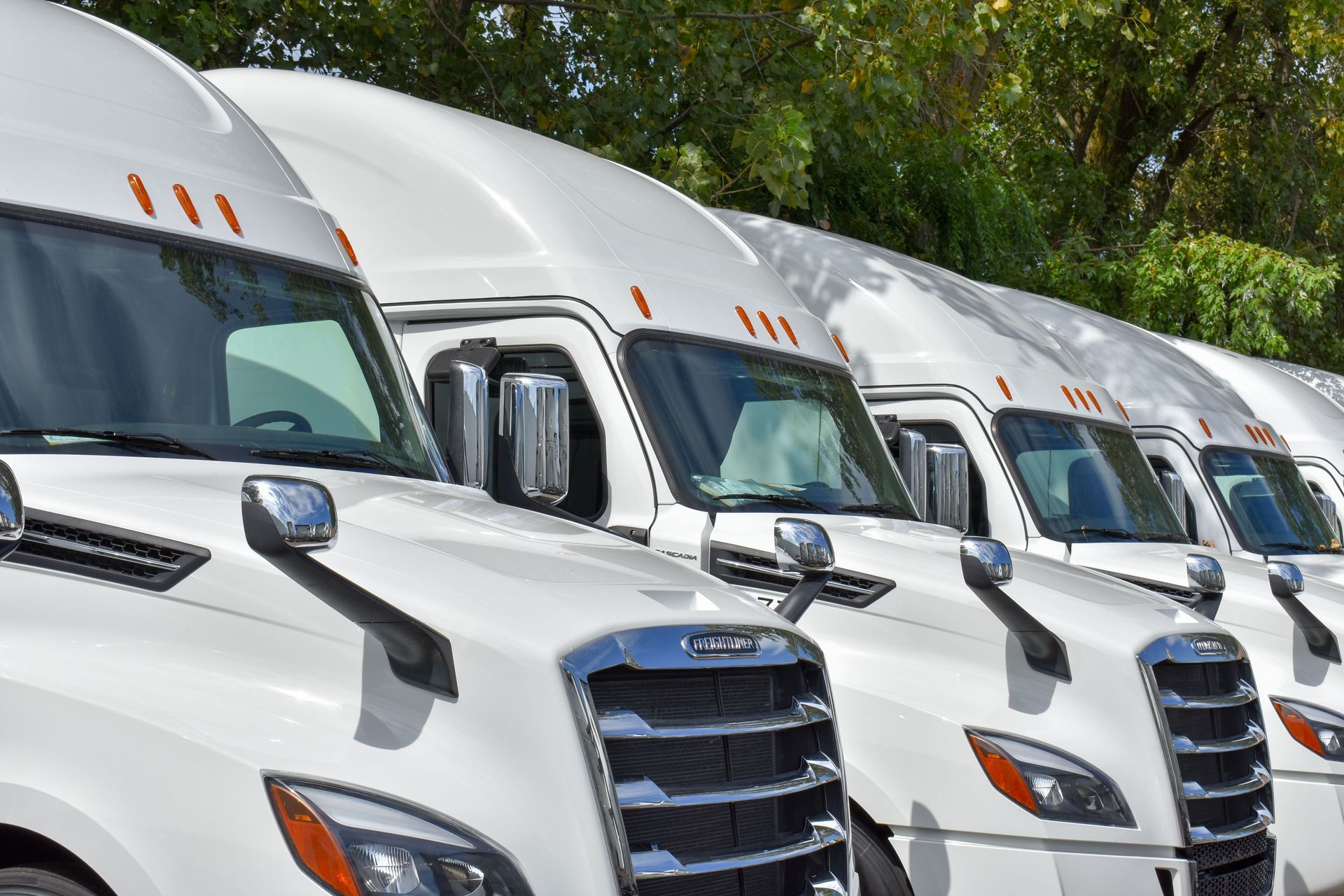The Impact on Truckers

The world of transportation is undergoing a significant transformation with the advent of self-driving technology. Self-driving semi-trucks, once a concept of science fiction, are now becoming a tangible reality. This technological breakthrough promises to revolutionize the trucking industry, bringing both exciting opportunities and considerable challenges.
The Evolution of Self-Driving Semi-Trucks
The journey towards autonomous semi-trucks has been marked by rapid advancements in technology. Companies like Tesla, Waymo, and Embark are at the forefront, developing systems that combine artificial intelligence, machine learning, and sophisticated sensors to navigate roads with minimal human intervention. These trucks are equipped with advanced LIDAR, radar, and camera systems that create a 360-degree view of the surroundings, enabling them to detect obstacles, read traffic signs, and make real-time driving decisions.
One of the most significant milestones in this field was achieved when Waymo's self-driving trucks successfully completed cross-country trips with minimal human oversight. Tesla's semi-trucks, equipped with their Autopilot system, have also demonstrated impressive capabilities, including the ability to convoy, where one lead truck sets the pace and direction for a fleet of following trucks.
Potential Benefits of Self-Driving Semi-Trucks
- Increased Efficiency: Autonomous trucks can operate 24/7 without the need for rest breaks, dramatically increasing the efficiency of long-haul transportation. This could lead to faster delivery times and reduced costs for logistics companies.
- Enhanced Safety: Human error is a leading cause of accidents in the trucking industry. Self-driving technology aims to reduce this risk by maintaining consistent driving behavior, adhering strictly to traffic laws, and having quicker reaction times than human drivers.
- Fuel Savings: Autonomous trucks can optimize their driving patterns for fuel efficiency, reducing fuel consumption and lowering greenhouse gas emissions. Technologies like platooning, where trucks drive closely together to reduce aerodynamic drag, further enhance fuel savings.
- Addressing Driver Shortages: The trucking industry has been facing a significant driver shortage for years. Self-driving trucks could alleviate this problem by taking over long-haul routes, allowing human drivers to focus on shorter, more complex routes and tasks.
Challenges and Potential Impact on Truckers
Despite the promising advancements, the rise of self-driving trucks brings several challenges and concerns, particularly for truckers:
- Job Displacement: The most immediate concern is the potential loss of jobs for truck drivers. As autonomous trucks take over long-haul routes, the demand for human drivers could decrease, leading to job displacement and economic hardship for many.
- Transition Period: There will be a transition period where human drivers and autonomous trucks will need to coexist. This period could be fraught with regulatory challenges, technological glitches, and safety concerns.
- Skill Shifts: The nature of trucking jobs will evolve. There will be a growing demand for technicians and engineers who can maintain and oversee these advanced systems. Truckers may need to adapt by acquiring new skills and training to remain relevant in the industry.
- Regulatory and Ethical Considerations: The widespread adoption of self-driving trucks will require comprehensive regulatory frameworks to ensure safety and address ethical concerns. Questions about liability in the event of an accident and the ethical implications of autonomous decision-making will need to be addressed.
Looking to the Future
The future of self-driving semi-trucks holds immense potential. If managed carefully, the transition to autonomous trucking can bring significant benefits to the economy and the environment. However, it is crucial to consider the impact on truckers and ensure that measures are in place to support those affected by these changes. This includes investing in retraining programs, creating new job opportunities within the industry, and developing robust regulatory frameworks to oversee the safe and ethical deployment of autonomous trucks.
While the road to fully autonomous trucking is still being paved, the advancements made so far signal a transformative era for the transportation industry. Balancing innovation with empathy and foresight will be key to navigating the challenges and harnessing the full potential of self-driving semi-trucks.
BLOOM SERVICES, INC
Here at Bloom, we provide both Volvo 860s and Freightliner Cascadias on our Rental and Lease-Purchase Program. If you have a Class A CDL and two years of experience, Bloom Services is hiring OTR truckers. Our drivers take home $3,000 + a week after all expenses.



office & Parking depot
5120 Belmont Rd Unit K, Downers Grove, IL 60515, USA
Hours of operation
Mon - Sun: 7am-5pm
